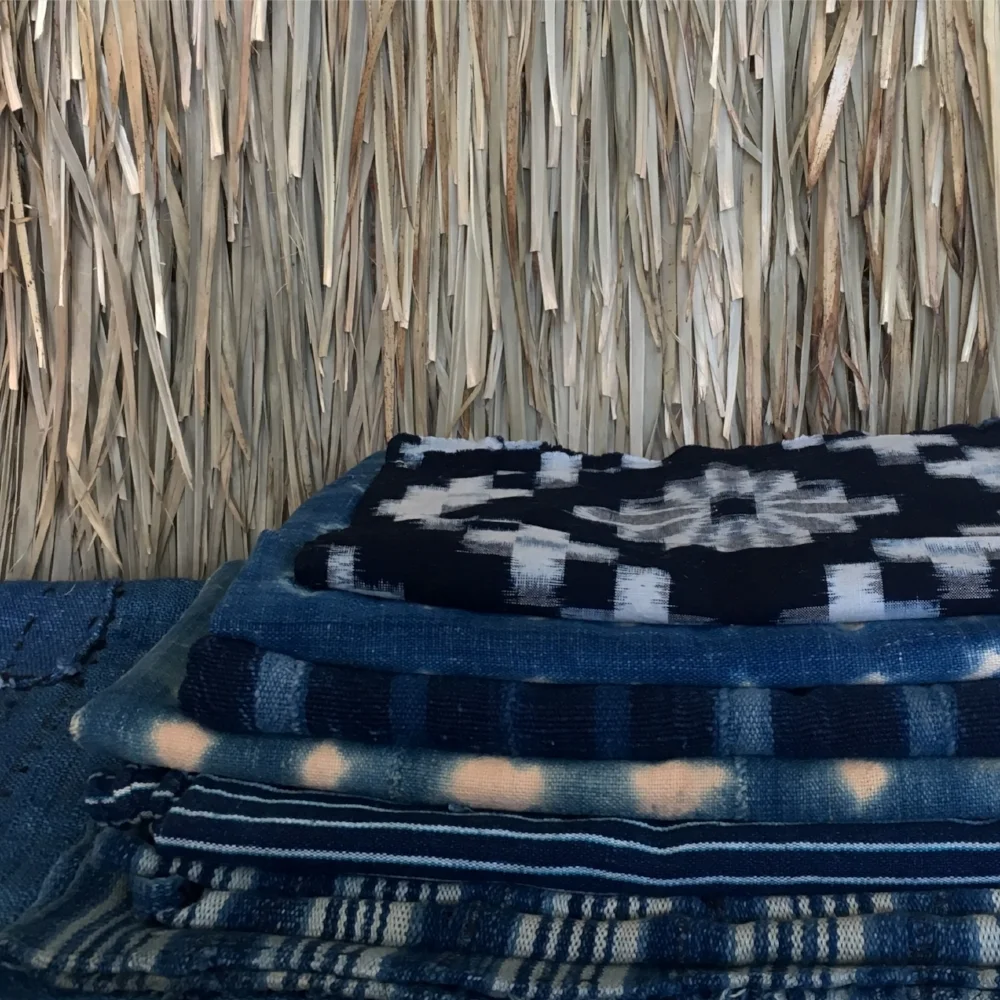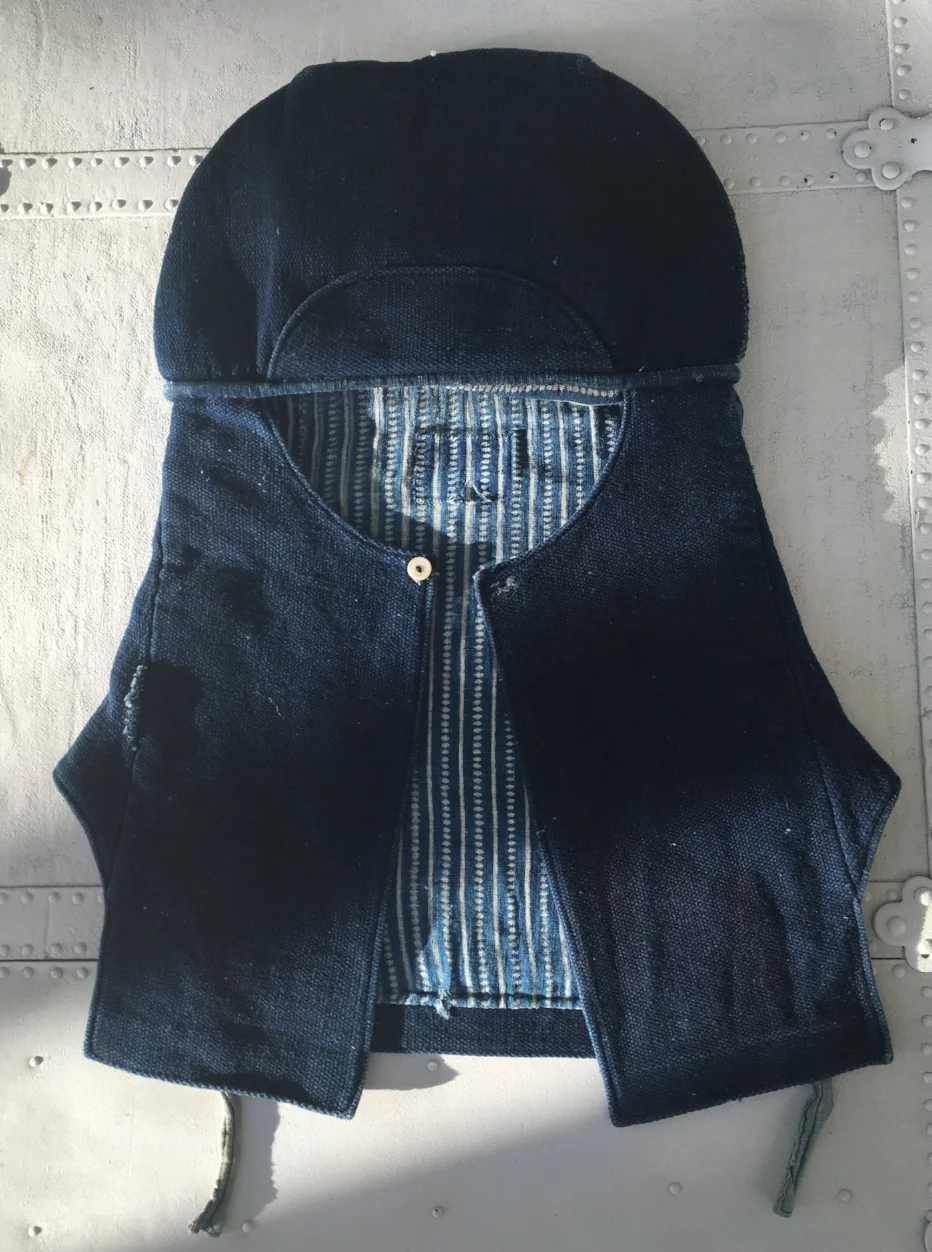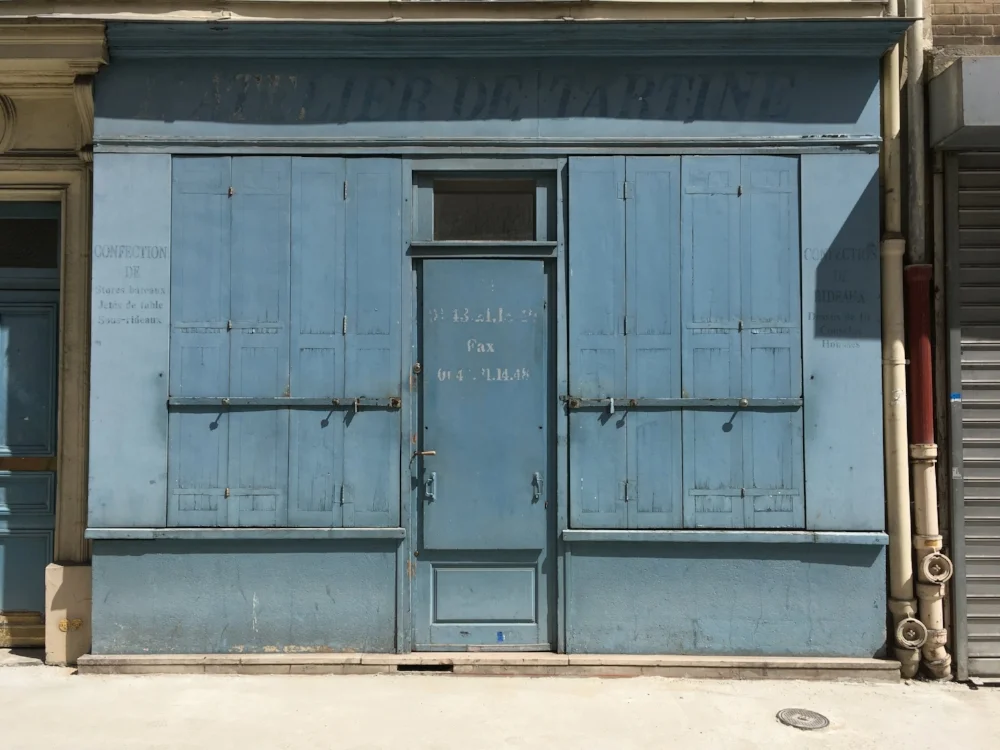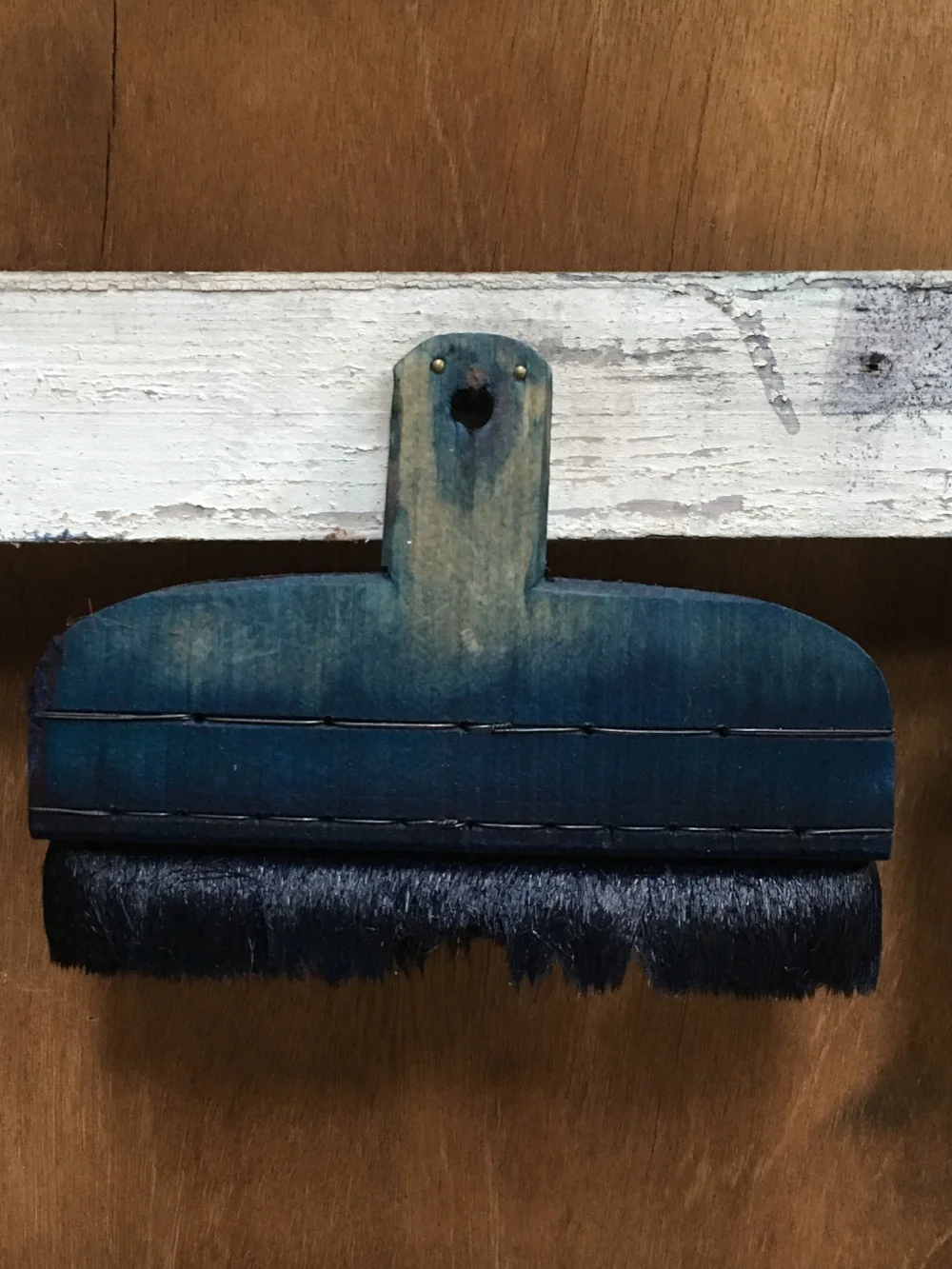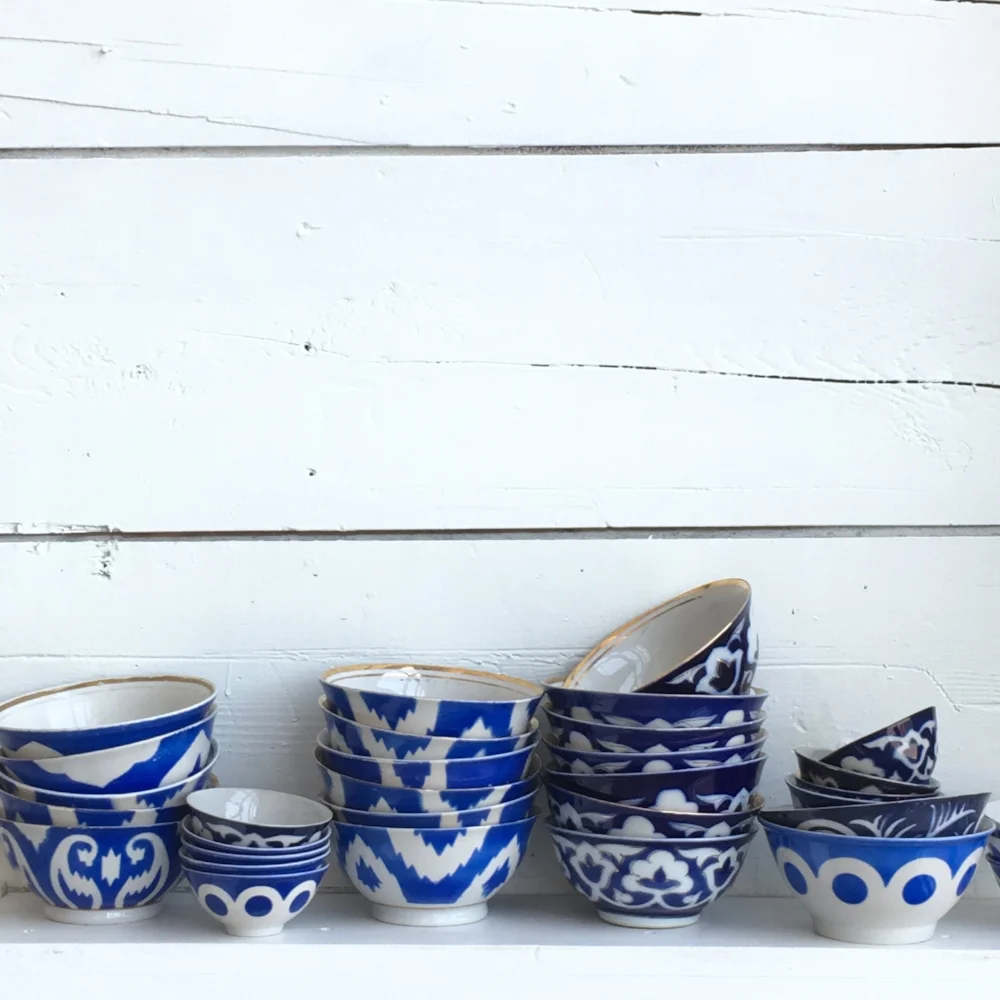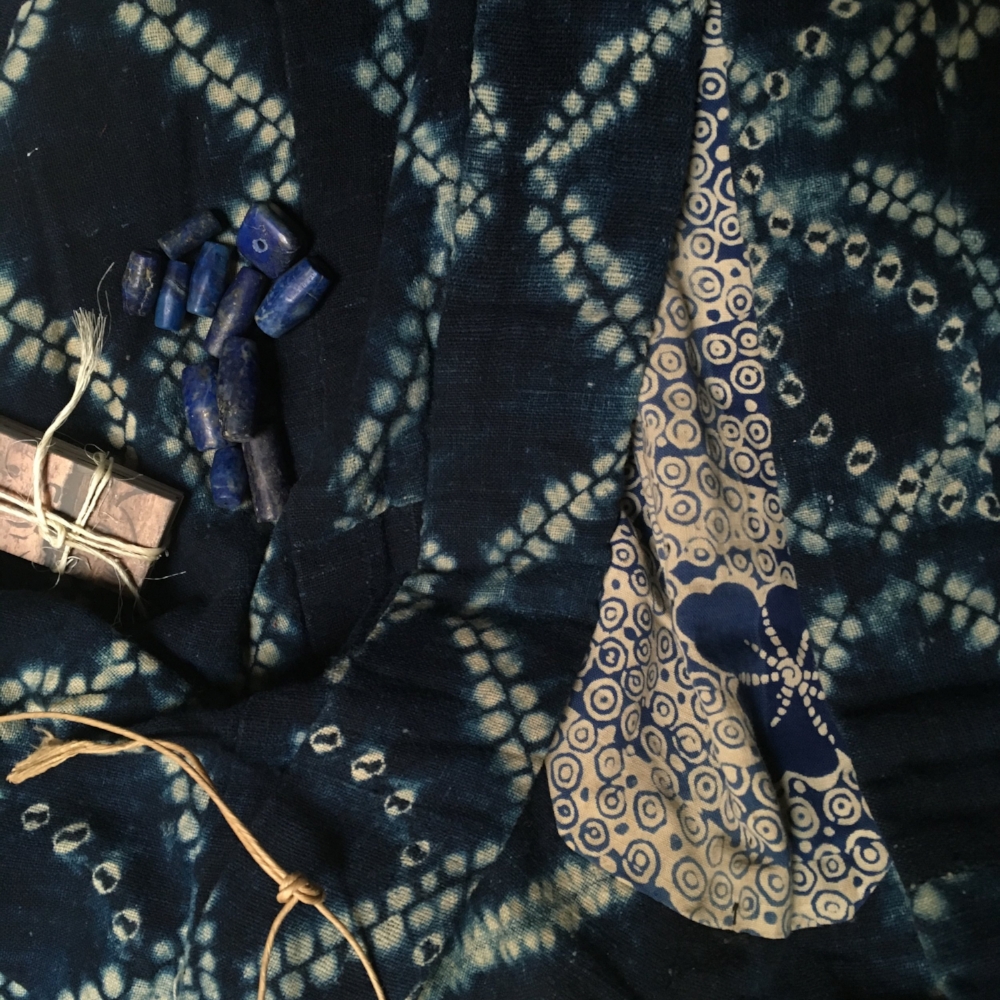Bleu, clairement
My first memories of blue were related to the Marmara Sea in Istanbul where I grew up. Summers were spent on the Prince islands, in the water for most days and if not, floating upon it while crossing between the islands. On weekends we would go picnicking in my uncle's wooden boat, throwing the anchor where we felt was the clearest blue.
Another blue that comes to my mind from those years is the glass bead that keeps you away from the evil eye called "nazar boncugu), it hangs everywhere in Turkey from the babies jackets to the entrance of shops.
Today, Blue is the favorite color of the Western World, but it was not always that way.
Rarely mentioned by the Greeks, the color of Babarians for the Romans, the word did not even exist in Latin, it came from blau (german) and azul (arabic). Before medieval times water as well as the sky were represented in shades of green in paintings.
Blue started to go up the ladder in 3 stages:
- Middle ages: Since the Christian God was the God of lights (lux/lumens) skies started to become blue in paintings. From 12th century on Virgin Mary iconographic color was Blue, the King of France started dressing in Blue, followed by aristocrats. Dyers started to work on blue, indigo became available and blue become fashionable.
- 16th century with the Protestant reform, the colors were moralized: "Honest": white, gray, black, blue. "Dishonest": red, yellow, green, it was immoral to get dressed in those colors. as an example Rembrandt used the "honest" colors in his paintings and Rubens (a catholic) used the "dishonest" ones. Later on, the catholic counter reform started to appropriate blue as an acceptable color. Blue become the most used color in clothing in Europe.
- During the 18th century new pigments and dyes helped diversifying the blue palette. Prussian Blue was discovered in Berlin, indigo culture by the slaves made the dye available at a reasonable price. During the Romantic period, blue became the color of dream, romance, melancholy and finally the color of water on maps.
The differentiation taken for granted as cold and warm colors did not exist either. For centuries blue was a warm color (color treaty by Goethe), and yellow a cold one.
The sexual attribute of colors also changed. During Renaissance times red was a masculin color and blue feminine.
Its around the 18th century that Blue became the favorite color of the Western Civilisation- as a new black, when uniforms also became dark blue in the early 1900's- and it has stayed that way ever since.
Bibliography:
Blue: The History of a Color by Michel Pastourneau, a great book
Indigo: The Color that Changed the World by Catherine Legrand, wonderful if you love textiles.

